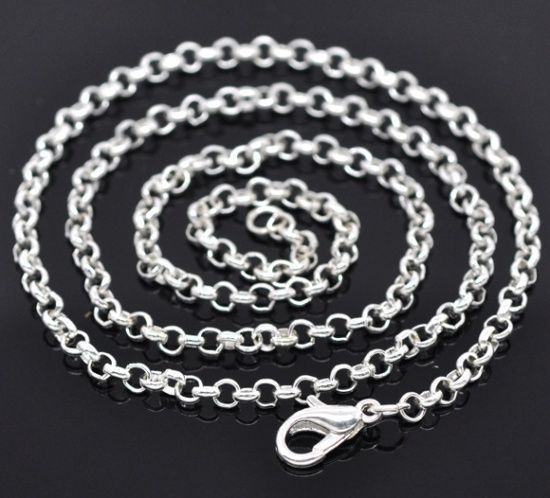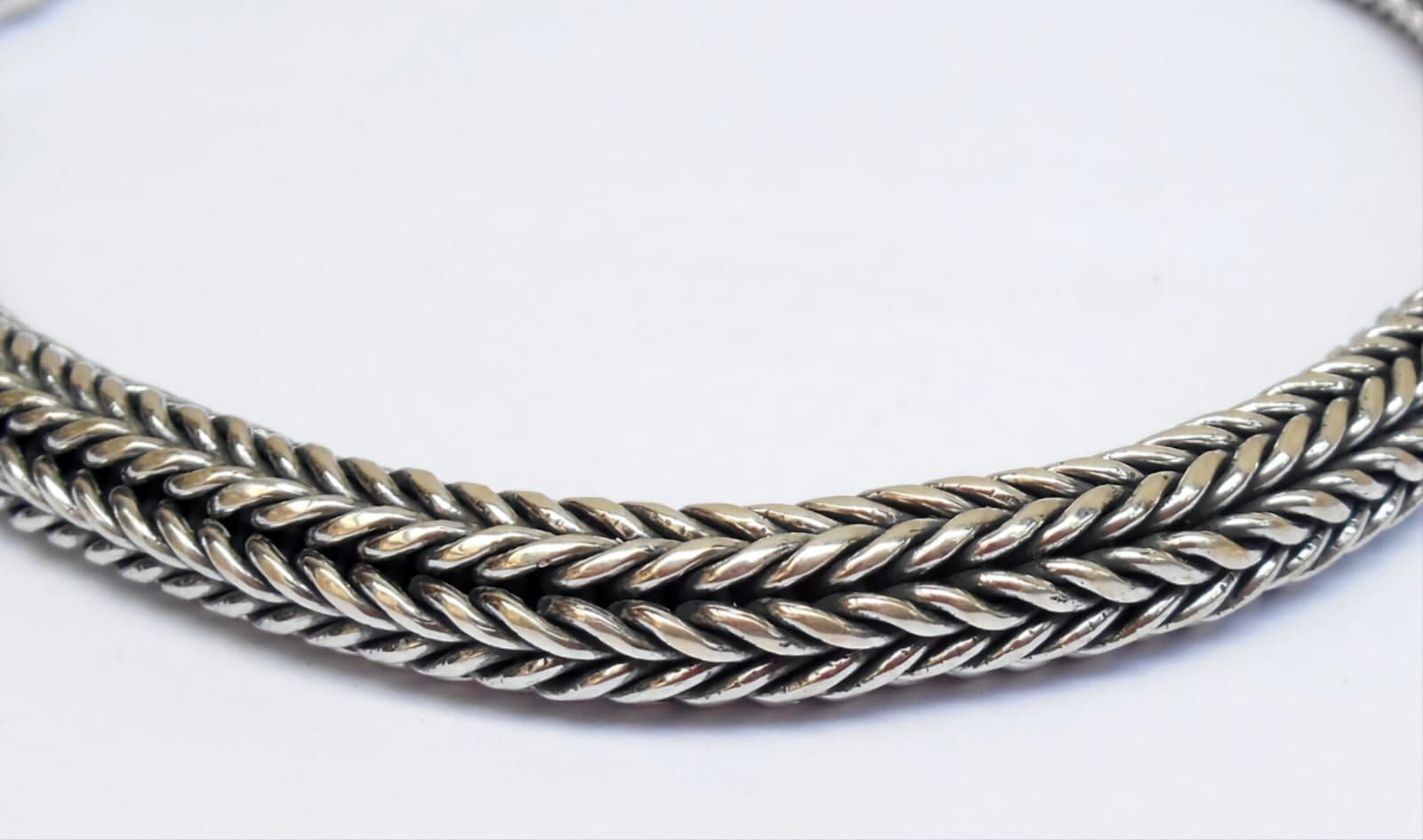A fusion of Culture, Craft, and Religion
A Legacy of Elegance and Craftsmanship
The Byzantine Empire, known for its opulent culture and architectural marvels, also left an indelible mark on the world of jewellery. The Byzantine jewellery style, emerging around the 4th century AD, stands as a testament to an era where artistry and religion seamlessly intertwined.
Cultural Melting Pot:
The Byzantine Empire was a melting pot of cultures, from Greece and Egypt to the Near East, Russia, and North Africa. This blend gave birth to a unique jewellery style, characterized by its intricate designs and lavish use of materials. The empire’s position as a nexus of trade routes meant access to a diverse range of gemstones and metals, enriching their jewellery with a variety of colours and textures.
Symbols and Significance:
Religion played a central role in Byzantine life, and this was reflected in their jewellery. Christian symbols, especially the cross, were prominently featured. This religious symbolism was not merely decorative; it was a means of expressing devotion and piety. The Byzantines also believed in the talismanic properties of jewellery, wearing it for protection and as a display of divine favour.
The Art of Craftsmanship:
Byzantine jewellers were master craftsmen, employing a range of techniques to create their intricate works. Techniques like die-struck, repoussé, and chasing allowed them to shape metal into detailed, three-dimensional designs. The use of niello, a black mixture inlaid on silver or gold, added contrast and depth to their pieces. Cloisonné, involving soldering thin gold wires to create images, was a favoured method for portraying religious figures and icons.
Materials and Techniques:
Gold was the metal of choice, symbolizing the empire’s wealth and power. The use of gemstones like pearls, rubies, sapphires, emeralds, and less common stones like garnets, amethysts, and peridots, sourced from across the empire and beyond, added a vibrant palette to their creations. Techniques like opus interrasile, intaglio, and cameo were also widely used, showcasing the jewellers’ skill in carving and engraving.
Social Status and Regulation:
Jewellery in the Byzantine Empire was not just for adornment; it was a status symbol. The Justinian Code, implemented by Emperor Justinian in 529 AD, regulated the use of jewellery, reserving certain gemstones for the emperor and restricting their use among the populace. This regulation underlined the societal importance of jewellery and its role as a marker of social hierarchy.
Decline and Legacy:
The zenith of Byzantine jewellery lasted until the 12th century, after which the style began to wane, eventually giving way to the Gothic style. Despite this decline, the influence of Byzantine jewellery is undeniable. It set a precedent for religious symbolism in jewellery, inspired future styles, and contributed significantly to the development of European jewellery-making techniques.
Byzantine Jewellery Today:
Today, the legacy of Byzantine jewellery lives on in modern designs. Contemporary jewellers often draw inspiration from the intricate patterns and religious motifs of Byzantine art. The style is celebrated for its elegance, richness, and the skill it required, influencing collections and individual pieces worldwide.
Conclusion:
The story of Byzantine jewellery is a narrative of cultural synthesis, religious devotion, and unparalleled craftsmanship. It offers a window into an empire where jewellery was more than decoration; it was a medium of expression, a symbol of status, and a conduit of faith. As we adorn ourselves with modern pieces inspired by Byzantine artistry, we carry forward a legacy that has been cherished for centuries, a legacy of elegance, sophistication, and a testament to the enduring power of beauty.



